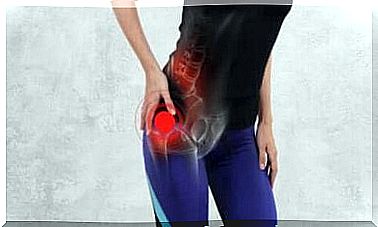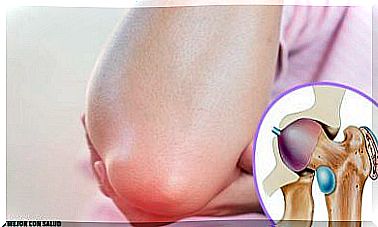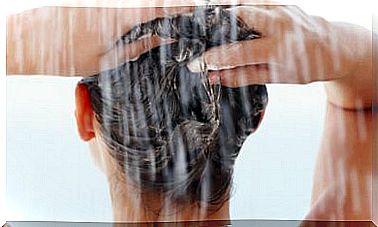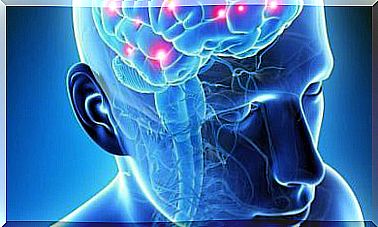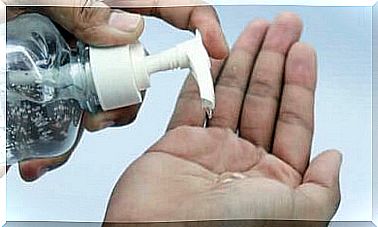Pubic Bone Inflammation: Causes And Symptoms
The so-called pubic bone inflammation is pain in the groin area that often occurs in athletes. In this article we present their typical causes and symptoms and how they can be treated.

The so-called pubic bone inflammation is pain in the groin area that often occurs in athletes. In this article we present their typical causes and symptoms and how they can be treated.
The pubic bone inflammation is also known as pubalgia, pubic ostitis or athlete’s hernia. The last name comes from the ailments of many athletes who experience the problem due to physical overexertion – especially if your training involves numerous repetitions or rhythm changes.
Below we explain in detail the causes, symptoms and treatment options for this problem.
Causes of pubic bone inflammation
Pubic bone inflammation occurs when the muscles are overused as a result of repetitive movements. Therefore, people who do competitive sports usually have to struggle with it.
However, there are a few aspects that favor their occurrence and which therefore require special attention.
- Inadequate physical preparation : Those who usually do not do a lot of sport and are therefore not physically fit are more prone to pubalgia when they practice some types of sport.
- Lack of warm-up exercises : It is essential to warm up the muscles sufficiently before exercising. For this reason, starting too quickly can also lead to pubic bone inflammation. It is therefore particularly important to take enough time.
- Anatomical Characteristics : It is possible that some people are at greater risk due to a pubic injury or physical fitness.
So, when choosing a sport, these points, especially the latter, should be taken into account in order not to cause complications or suffer from the symptoms of an athlete’s hernia.
Symptoms of pubic inflammation
Suffering from pubalgia is not very pleasant. According to some studies, its classic symptoms include pain in the groin and pubic area, which can radiate to the adductors and into the abdomen.
In the following we explain how the symptoms can develop in order to be able to treat the symptoms better.
- Pain before or after exercise : This is the first alarm signal that should not be confused with sore muscles or poor posture. They are usually light and then go away.
- Intense discomfort during exercise: If nothing was done for the previous reason, the pain now occurs during exercise and is much more severe.
- Restricted movement : The pain can also be felt when you are resting. At this point, the freedom of movement is already restricted.
So the symptoms increase and indicate that there is a problem with decompensation of the muscles. In this case, appropriate treatment is required.
Treatment options
There are several ways to treat pubalgia. These depend on the phase you are in or how intense the pain is.
- Strengthening and stretching exercises : They help to adequately compensate the muscles. They are part of a rehabilitation program that includes physiotherapy, osteopathy and electrical stimulation.
- Anti-inflammatory drugs: When the pain is intense and exercise is hindered, these drugs are used to reduce the discomfort.
- Certain warm-up exercises : To prevent pubalgia from becoming a chronic disease, warm-up exercises should always be done.
- Surgery : In extreme cases, surgery can also be helpful to lower the pressure in the affected area.
As already mentioned, pubic bone inflammation occurs mainly in athletes. Therefore, if you experience pain in this area, you should definitely consult a doctor.
Early detection allows effective treatment before the problem gets worse.
